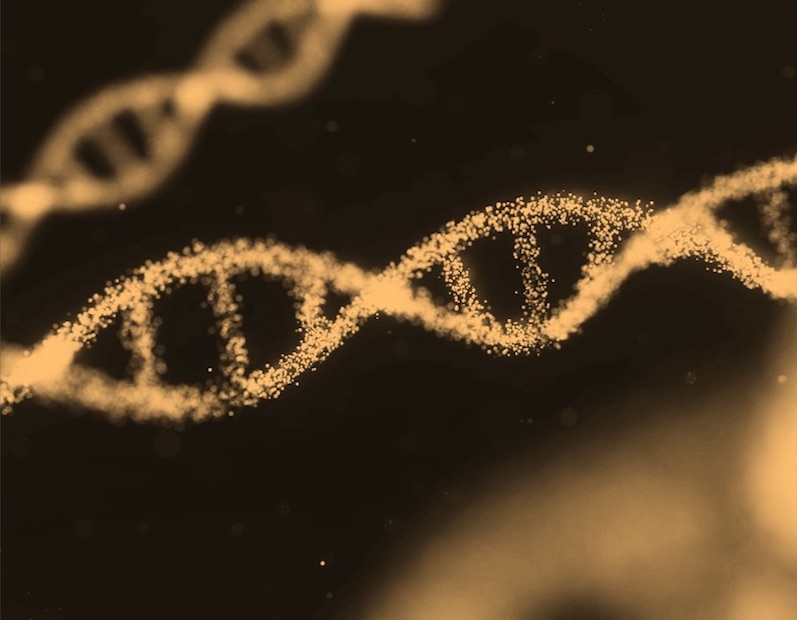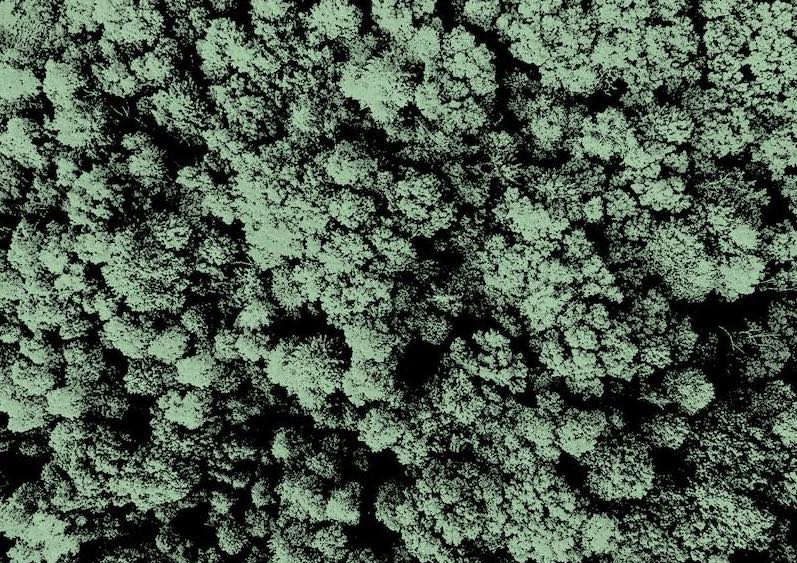What is it about?
Vitiligo is an intriguing depigmentary disorder affecting approximately 0.5-2% of the world population. Vitiligo can appear at any time, and it significantly impairs the patients' quality of life. Though the etiology of vitiligo is unknown, the autoimmune hypothesis remains one of the more interesting hypotheses. Histologic evidence indicates that vitiligo is an inflammatory disease with development of a lichenoid tissue reaction and numerous factors have participated in the development of vitiligo. The systemic increase of proinflammatory cytokines (IL-1β, IL-6, IL-17, TNF-α etc.) and other inflammatory factors (eg, free radicals and reactive oxygen species) may be the result from an autoimmune process, as well as oxidative and cytotoxic activities. Currently, no biomarker can allow us to distinguish the "cutaneous vitiligo" from the "vitiligo as a systemic syndrome". For this reason, it is crucial to face a patient with vitiligo always as a patient affected by a systemic disease. The involvement of skin melanocytes is the most visible one but a systemic involvement of melanocytes can be observed. The melanocytes are believed to have a role in the anti-inflammatory reactions and in the antioxidant protection as scavengers of free radicals and reactive oxygen species (ROS). Studies have shown that melanocytes in vitiligo patients are more susceptible to oxidative damage than melanocytes from unaffected individuals, which is due to their inherited inability to manage stressors from normal cellular processes. Therefore, the aim of present study is to explore the effect of IL-17 on melanocytes and its cellular microenvironment.
Featured Image

Photo by Landon Arnold on Unsplash
Read the Original
This page is a summary of: IL‐17 induces cellular stress microenvironment of melanocytes to promote autophagic cell apoptosis in vitiligo, The FASEB Journal, April 2018, Wiley,
DOI: 10.1096/fj.201701242rr.
You can read the full text:
Contributors
Be the first to contribute to this page







